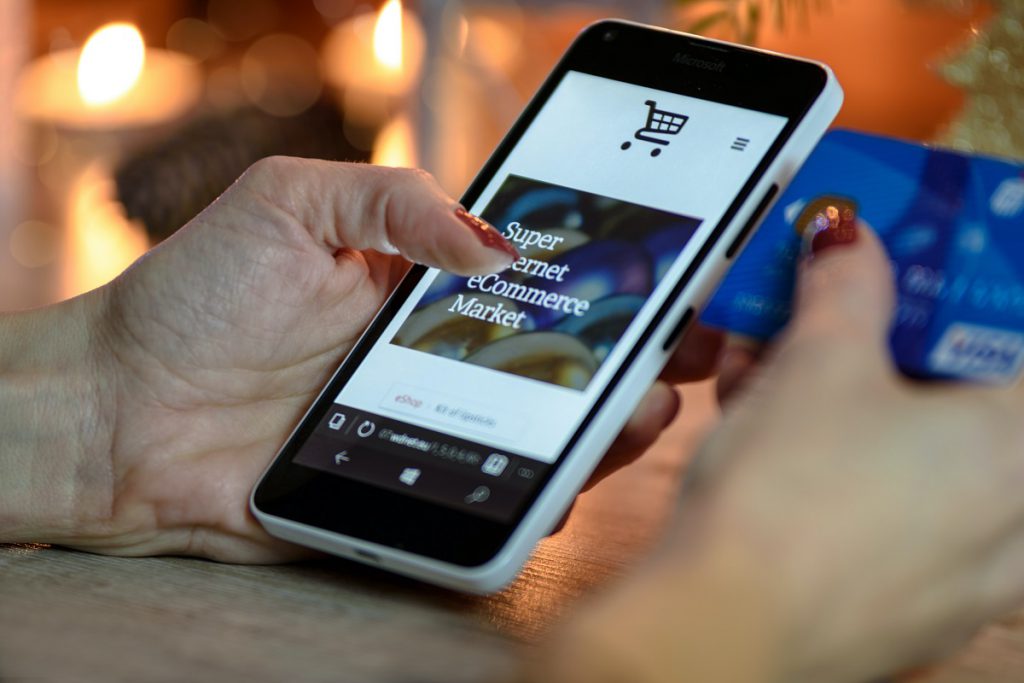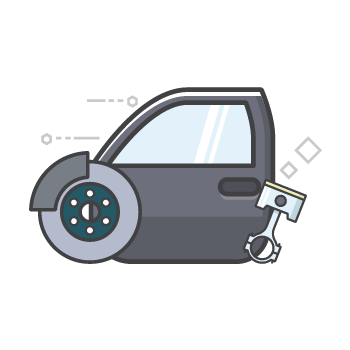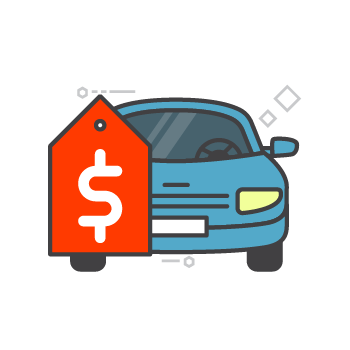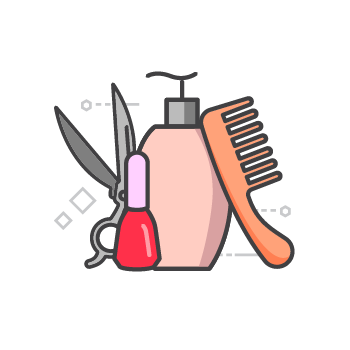Opening Your Virtual Doors: Six Lessons from COVID-19 on Moving Businesses Online
by Stephanie Koathes May 11, 2020

There is an old saying that when one door closes, another one opens. With COVID-19 pandemic wreaking havoc on brick-and-mortar businesses the world over, many of us are being pushed to migrate our businesses online. When physical doors close, another virtual one opens.
You might be migrating your business to online because of the current COVID-19 outbreak, but online offers more than a lifeboat in these rough waters. It’s the way forward. The Digital 2019 report by HootSuite and We Are Social showed that the average internet user spends more than a quarter of their life on the Internet.
Digital is the future, and the future has arrived early for all of us. Amid the turmoil, there is an opportunity to step forward, embrace the online wave and make changes to your business.
Here are six lessons from the COVID-19 pandemic on moving your business online.

An online presence is vital.
If a potential customer in your area searched for the products and services you offer online, would they find you? If the answer is no, then you need to make a change. An online presence is vital, especially in such turbulent times. In fact, right now, an online presence might be your only presence.
An online presence enhances your availability. People can find your business, learn about your services and make purchases if you offer e-commerce, no matter where they are or what time it is.
Moving your business online doesn’t have to be a super expensive affair. There are several options for free to low-cost websites and hosting such as Yello’s new Website Rental Solution. Many modern website builders are template-based and don’t require you to have any coding knowledge, in fact Yello’s suite of website development solutions offers a wide range of templates plus the support of our development experts.
If you already have a website, what does it look like? Does it load quickly? Is the design clean and easy to navigate? As your online presence grows in importance, do a proper assessment of what you already have in place and how it can be improved.

Search engine optimisation and mobile-friendliness matter.
When moving a business online, you’ll need to make sure that your website content is thoughtfully laid out and optimised for search. Search engine optimisation includes several aspects from on-page SEO like keywords, title tags and headings to off-page such as backlinks.
Consider sharing helpful, relevant content like blog posts related to your field to help you rank higher on Google’s results page. Keep abreast of the most commonly searched keywords related to your product or service and tweak your website content to include these terms.
Is your site mobile-friendly? Many people search for products and services on mobile devices. A website that’s attractive and user-friendly on mobile is essential.
Be up-to-date everywhere.
Be sure to update your business profile on your local online directory platform with your website if you don’t already have that information listed. Don’t forget to also add your website link to your Facebook page and other social profiles. That brings us to the next point.
An online presence doesn’t stop at websites. Social media is essential.

Your customers are on social media, and you should be too. Social media is a key part of successfully migrating a business online.
When your doors are closed, you need to ensure that you are wherever potential customers are most likely to find you. You don’t need to be on every platform, just the ones where your target audience frequents most. For instance, if you have a young audience, you should probably be on Instagram, where around two-thirds of users are age 34 or younger. Facebook has two billion users, making it a good place to start. A little research into the different social platforms and their demographics will help you decide which ones you need.
Social media gives you a chance to engage with your customers on a one-on-one basis. You can respond to questions or concerns quickly and directly. If someone is unhappy with your service, you can address their comments so that all your followers can see you take action to help.
Social media backlinks also count towards your SEO and posts can be found on the search engine results page. Make sure to use relevant hashtags so that your posts can be found when people search for these hashtags.
Customers love community.
We’re social creatures, but socialising in the way we’re accustomed to is off the table at the moment. Having an active community that supports a product or business helps to boost brand credibility and customer loyalty.
Social media is a great place to foster a sense of community. Inbound marketing company HubSpot uses Facebook groups to great effect. For example, earners taking their free content marketing course can join the content marketing Facebook group and discuss the learning journey and next steps. Groups on Facebook and LinkedIn also provide an opportunity to segment customers and serve them relevant content.
So how can you build a passionate community online? Make use of tools like Instagram stories to share less produced, authentic content that gives an authentic look at your company and brand. Be interactive: ask your audience questions, share polls, retweet and repost user-generated content that features your brand. Instagram, Twitter, and Facebook Live allow you to interact in real-time with your audience.
E-commerce and delivery are the way forward.

During this time of panic and social distancing, people are doing their best to avoid going to brick-and-mortar shops and looking instead to online purchasing. Offering customers the ease of purchasing from their homes for curbside pickup or (even better) delivery, will make your business and products more attractive. E-commerce and delivery also allow your business to reach customers outside of your immediate geographic location that you might not have reached otherwise.
E-commerce, especially mobile e-commerce, is growing rapidly. It is expected to make up 17.5% of global retail sales by next year. COVID-19 might push you to include e-commerce in your digital strategy now, but it should remain part of your strategy going forward.
The digital space allows you to be flexible.
The digital space makes it easy to come up with new and exciting offerings for your audience. Instead of an in-person seminar, run a series of webinars or a virtual summit instead. Host live chats and social events on Instagram or Facebook live. Moving your business online opens up several avenues and can help you adjust to changes in the marketplace more swiftly.
The COVID-19 pandemic has been an important lesson on flexibility and using the digital space to reach out to customers in new ways.
If you were planning on migrating your business online, COVID-19 has made it clear that now is the time to make it happen.
Need help migrating your business online so that you can focus on other areas of your business and marketing? Our team of marketers, developers and Certified Google and Facebook experts are here to help.
We’re read to support you with a Complete-Done-4-U Service.
Want more content like this? Click here to subscribe and to stay up-to-do with new content and offers.







